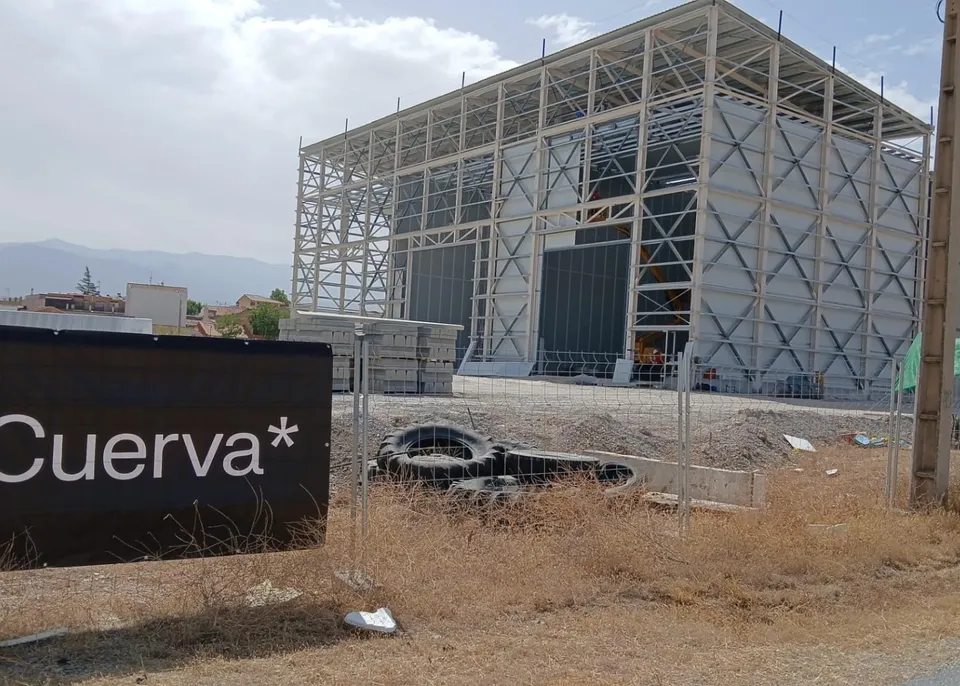First results from the DT4Flex project

Ingelectus, Cuerva and ImpactE, together with the Cluster, started a cooperation project in 2021 to develop a digital twin of the distribution network to manage flexibility services to solve technical issues in the grid.
In November 2021 Ingelectus, Cuerva and ImpactE, in conjunction with the Cluster, started an industrial research project supported by the Ministry of Industry, Tourism and Trade within the framework of the Extraordinary Call for Aid to Innovative Business Associations 2021 (AEI) under the Recovery, Transformation and Resilience Plan.
This project is a clear example of the Smart City Cluster's goal of fostering public-private cooperation to increase the competitiveness of its members as leaders in the smart city industry.
The main objective of the “DT4Flex - Low Voltage Digital Twin for Flexibility Services” project is to develop a tool capable of predicting short-term problems in the low-voltage network and assessing the availability of flexibility services to solve these problems and maximize the safe penetration of new agents.
Network models, the system architecture for automatic operation and a robust, fast status-estimation system for the low-voltage network have been developed to date, all of which are required conditions for implementation in iterative problem-solving systems.
Furthermore, definition and development of an optimal assessment and activation system for flexibility services that take the operating state of the network and the flexibility potential – mainly from photovoltaic sources – of the connected agents into account, are currently in progress. All this is being validated on the basis of a real environment represented by Cuerva's Living Lab in the town of Escúzar (Granada).
A study has also been conducted on the photovoltaic generation potential in the municipal district. Specifically, it would be possible to install a total of 4.6 MW in the study area, capable of generating up to 6.5 GWh/year (equivalent to the average annual consumption of roughly 2,100 households). The project will examine how implementation of renewable generation sources in the municipal district affects and conditions the low-voltage network.


.webp)

